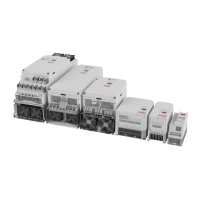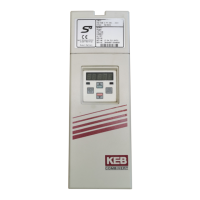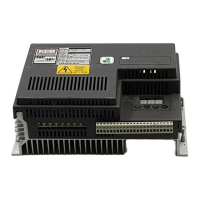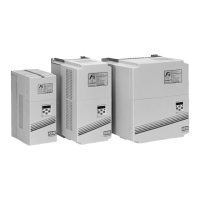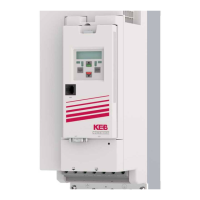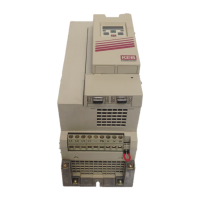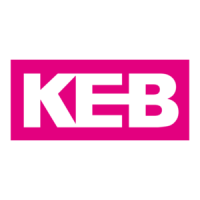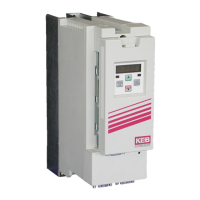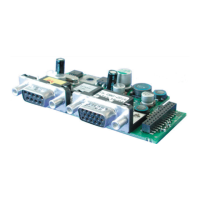11
Functions
3. Functions
TheCANprotocolisuniformlystandardizedforthedatabackuplayer.Furthermore,theCAN
in Automation association (CiA) has passed a standard for the higher protocol layer that was
named CAN Application Layer (CAL). Based on this standard the „CAL-based Communica-
tionProle“(CiA,DS301)waspublishedinSeptember1995.Thisstandardisthebasisforall
CANopendeviceproles.Inthisstandard,acertainsubsetoftheCALstandardsisselected.
Thecommunicationproledenes,amongotherthings,aminimumcapabilitydevice.Thatis
the minimum required functionality, which a CANopen node must make available. The pres-
ent CAN interface connection realizes such a minimum capability device.
An important point for every CAN network is the assignment of the telegram numbers (Iden-
tier).Thenumbersarelimitedto2032CANV2.0A.IntheCALstandardanownprocedure
hasbeendened,whichprocessesthisassignmentdynamicallyoveranownprotocol.This
relativecomplexprocedurefortheassignmentofidentiersisnotmandatoryforaminimum
capabiltitydeviceandisnotintegratedintotheKEBCANinterfaceconnection.Forthiscase
amoresimplerprocedureforthearrangementoftheidentierassignmentisdenedinthe
communicationprole.ThisprocedureisalsosupportedbytheKEBCANinterfaceconnec-
tionandlooksasfollows:
Each inverter receives a clear CAN address, the CAN node ID (fb00). There are two possibil-
itiestodeterminetheCANnodeID:
• IfthevalueoftheparameterCANNodeID(fb00)=255(dec):
→ actual CAN Node ID = Node ID (os07) +1
• IfthevalueoftheparameterCANNodeID(fb00)≠255(dec):
→ actual CAN Node ID = CAN Node ID (fb00)
Info
Parameter „Node ID“ (os07) is always equal to parameter „inverter
address“(sy06).
Attention
OndeliveryallKEBfrequencyinvertershavetheinverteraddress„1“.
In case several KEB frequency inverters shall be networked over CAN,
theyallmustrstreceivedifferentinverteraddresses.Thisisdonee.g.
via the parameter interface or the optional keyboard of the control.
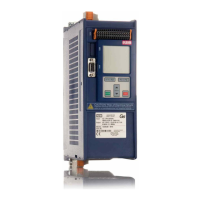
